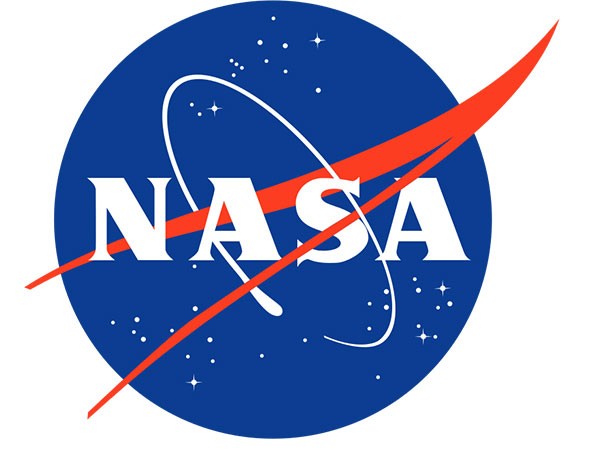
This asteroid just missed Earth's satellites
Jan 29, 2023
Washington (US), January 29: Asteroid watchers got their calculations right - we can all relax. The American space agency NASA had made it plain a day before Asteroid 2023 BU was due to fly by Earth: "There is no risk of the asteroid impacting Earth. But even if it did, this small asteroid [.] would turn into a fireball and largely disintegrate harmlessly in the atmosphere."They call it "small," but the asteroid is estimated to be 3.5 to 8.5 meters (11.5 to 28 feet) across. If any of it survives its interaction with the Earth's atmosphere, NASA said "some of the bigger debris [could] potentially [fall] as small meteorites."What time did the asteroid pass Earth?Asteroid 2023 BU flew over the southern tip of South America at about 4:29 p.m. PST on Thursday, January 26 (7:29 p.m. EST or 1:29 a.m. CET on Friday, January 27).How close did the asteroid come to Earth?The asteroid got as close as 3,600 kilometres (2,200 miles) to our planet's surface. That is "well within" the orbit of geosynchronous satellites, said NASA.Geosynchronous satellites orbit at about 37,000 km from Earth. So asteroid 2023 BU will fly by these spacecraft as it gets closer to our planet. It is vital that the asteroid does not hit a satellite: Some GEO are used for TV communications, others are weather satellites.As the asteroid flew by Earth, it veered into what is known as medium-Earth orbit, but it did not get into the low-Earth Orbit zone, which is between 160 and about 2,000 km above Earth's surface. And that's some relief, because that is where most of our communications and Earth observation satellites live these days.Asteroid 2023 BU is a new discoverySpace science has grown increasingly concerned about planetary defense. That's an area of research, technology and innovation aimed at defending our planet against threats such as this very asteroid.If a seriously big asteroid were to hit Earth (again. remember the dinosaurs), it would wipe out a city or two, potentially cause devastating tsunamis and/or a massive dust cloud that could smother the planet, inhibit sun rays and block our access to light and life itself. At least that's what some scientists say led to the extinction of the dinosaurs. The sun light got blocked, vegetation failed to grow and the dinosaurs starved to death.But planetary defense technology, such as NASA's DART mission, aims to track asteroids and, if they ever become a direct threat to life on Earth, to nudge them into a different orbit.The problem is that scientists have yet to detect every asteroid out there.An amateur astronomer spotted 2023 BUWe have only known about asteroid 2023 BU since Saturday, January 21 - we've had five days warning. Any future DART-like mission would need more time that that to save us from damnation. It takes time to prepare and launch a rocket with a precisely calculated and programmed probe onboard, eject that probe and successfully impact the asteroid. All that would have to happen far enough away from Earth, because you don't want to create space debris that hits the International Space Station, as has happened in the past.But credit goes to amateur astronomer GennadiyBorisov, who discovered the asteroid 2023 BU from an observatory in Nauchnyi, Crimea.And, luckily, there is a process in place for what to do when an asteroid like this is discovered, and it appears to have worked well."Within three days, a number of observatories around the world had made dozens of observations, helping astronomers better refine 2023 BU's orbit," said NASA, and the asteroid's approach was announced by the Minor Planet Center - internationally recognized "clearinghouse" for monitoring the movements of small celestial bodies.Source: Times of Oman






